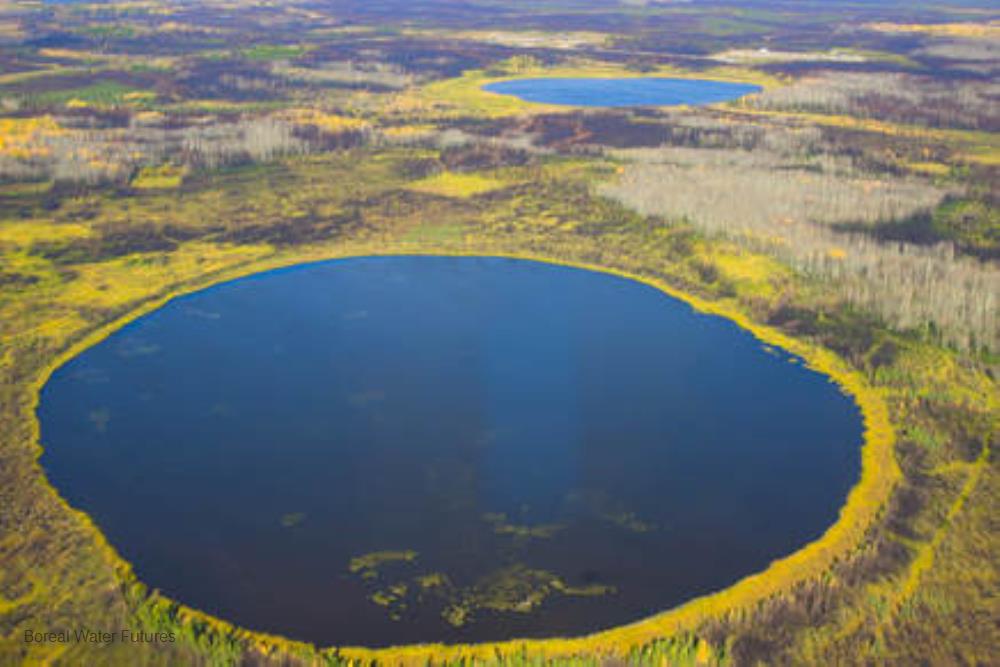
Related items loading ...
Section 1: Publication
Publication Type
Thesis
Authorship
Liu, Tonghe
Title
Increasing the performance of the Wetland DEM Ponding Model using multiple GPUs
Year
2022
Publication Outlet
DOI
ISBN
ISSN
Citation
Abstract
Due to the lack of conventional drainage systems on the Canadian Prairies, when excess water runs off the landscape because of the snow-melt and heavy rainfall, the water may be trapped in surface depressions ranging in size from puddles to permanent wetlands and may cause local flooding. Hydrological processes play an important role in the Canadian Prairies regions, and using hydrological simulation models helps people understand past hydrological events and predict future ones. In order to obtain an accurate simulation, higher-resolution systems and larger simulation areas are introduced, and those lead to the need to solve larger-scale problems. However, the size of the problem is often limited by available computational resources, and solving large systems results in unacceptable simulation durations. Therefore, improving the computational efficiency and taking advantage of available computational resources is an urgent task for hydrological researchers and software developers. The Wetland DEM Ponding Model (WDPM) was developed to model the distribution of runoff water on the Canadian Prairies. It helps determine the fraction of Prairie basins contributing flows to stream while these change dynamically with water storage in the depressions. In the WDPM, the water redistribution module is the most computationally intensive part. Previously, the WDPM has been developed to run in parallel with one CPU or one GPU that makes the water redistribution module more efficient. Multi-device parallel computing is a common method to increase the available computation resources and could effectively speed up the application with an appropriate parallel algorithm. This thesis develops a multiple-GPU parallel algorithm and investigates efficient data transmission methods compared to the CPU parallel and one-GPU parallel algorithm. A technique that overlaps communication with computation is applied to optimize the parallel computing process. Then the thesis evaluates the new implementation from several aspects. In the first step, the output summary and the output system are compared between the new implementation and the initial one. The solution shows significant convergence as the simulation processes, verifying the new implementation produces the correct result. In the second step, the multiple-GPU code is profiled, and it is verified that the algorithm can be re-organized to take advantage of multiple GPUs and carry out efficient data synchronization through optimized techniques. Finally, by means of numerical experiments, the new implementation shows performance improvement when using multiple GPUs and demonstrates good scaling. In particular, when working with a large system, the multiple-GPU implementation produces correct output and shows that there is around 2.35 times improvement in the performance compared using four GPUs with using one GPU.
Plain Language Summary
Section 2: Additional Information
Program Affiliations
Project Affiliations
Submitters
Publication Stage
N/A
Theme
Presentation Format
Additional Information
Masters, University of Saskatchewan, Computer Science Core Team


 GWFNet
GWFNet Master
Master Research
Research Map
Map
 Advanced
Advanced . . .
. . .

 Metadata Editor
Metadata Editor
 Record List
Record List
 Alias List Editor
Alias List Editor
 Legacy sites
Legacy sites